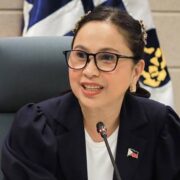A global homecoming for Filipino cuisine

The International Manila Food Festival (IMFF) held at the Newport World Resorts was a much-needed event to boost Filipino cuisine to new heights. The festival was an ambitious undertaking by Motherland Productions, headed by Anton Diaz and Nicole Ponseca. Over the course of four days, trendsetting chefs, who are redefining our native cuisine abroad, came to town and gave us a taste of Pinoy food—interpreted their way.
From local to international—and back to local again
Among the visiting culinary luminaries were chef Monique Feybesse, who, together with her husband Paul, runs the acclaimed Tarts de Feybesse. She is known for weaving Filipino ingredients into her intricate French confections, and has a fondness for the citrusy calamansi.
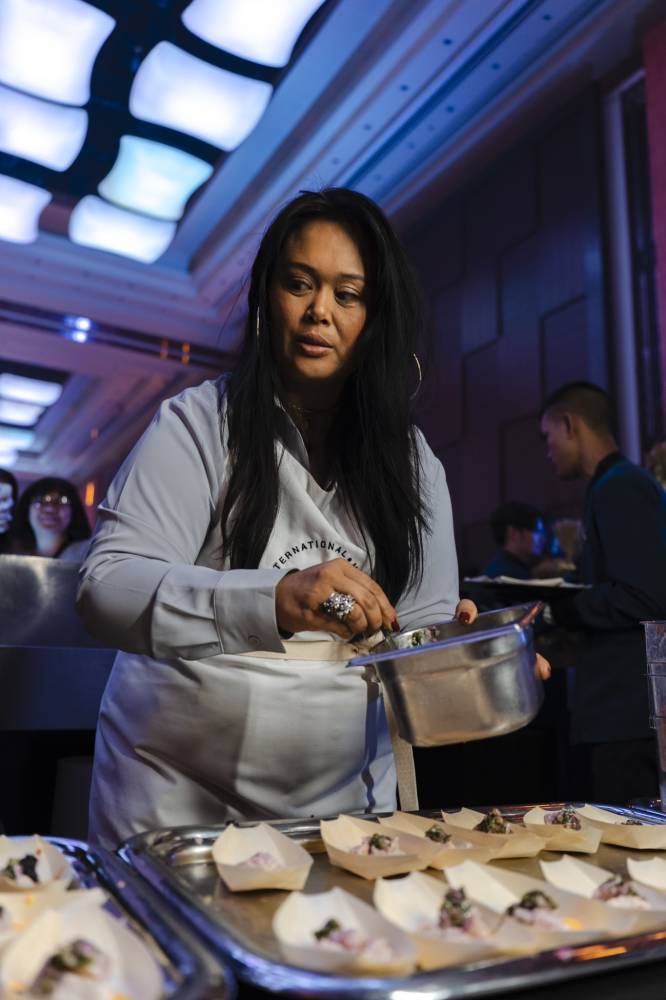
Nicole Ponseca—a chef who started Filipino restaurants Maharlika and Jeepney in New York, and later, in Miami—is a champion of Filipino cuisine, successfully bringing it to the forefront of the American dining scene. Ponseca also co-authored the James Beard-nominated cookbook “I Am a Filipino: And This Is How We Cook.”
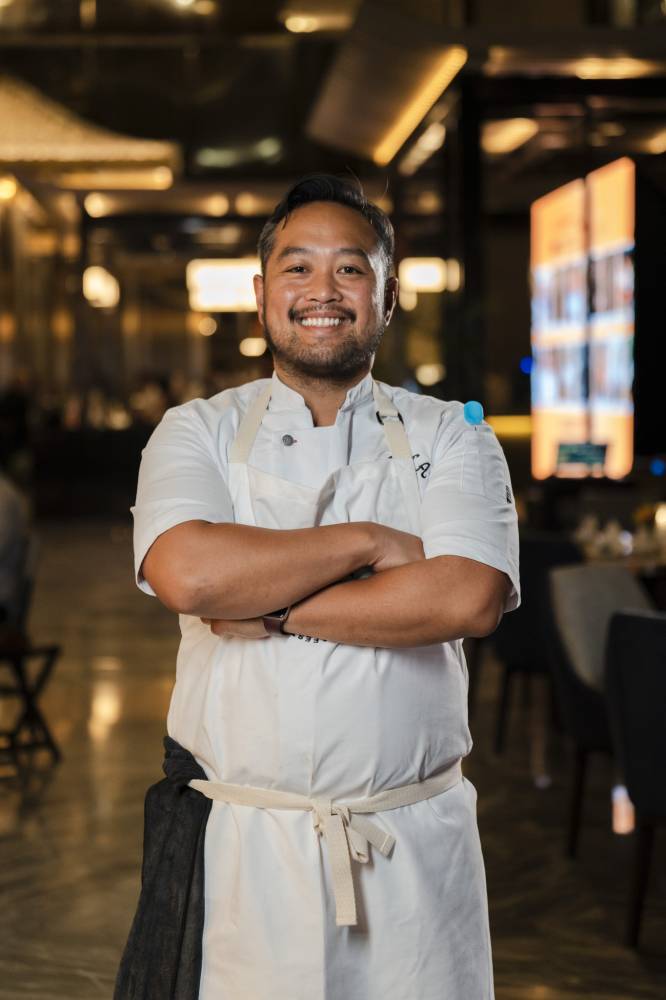
Lordfer Lalicon of Kaya, Orlando was Florida’s first recipient of the Michelin Green Star due to his commitment to sustainable gastronomy. Lalicon grows his own produce like guava, calamansi, and even talbos ng kamote to bring Filipino authenticity to the farm-to-table concept that Kaya is famous for.
Meanwhile, Tara Monsod is the executive chef of Animae (San Diego) and Le Coq (La Jolla). She was San Diego’s first James Beard Award’s finalist for Best Chef California category in 2024 and, once again, in 2025.
Erica Paredes brings Philippine cuisine center stage in Paris through her restaurant, Reyna. As the queen of her domain, she masterfully entwines Filipino flavors with modern European fare.
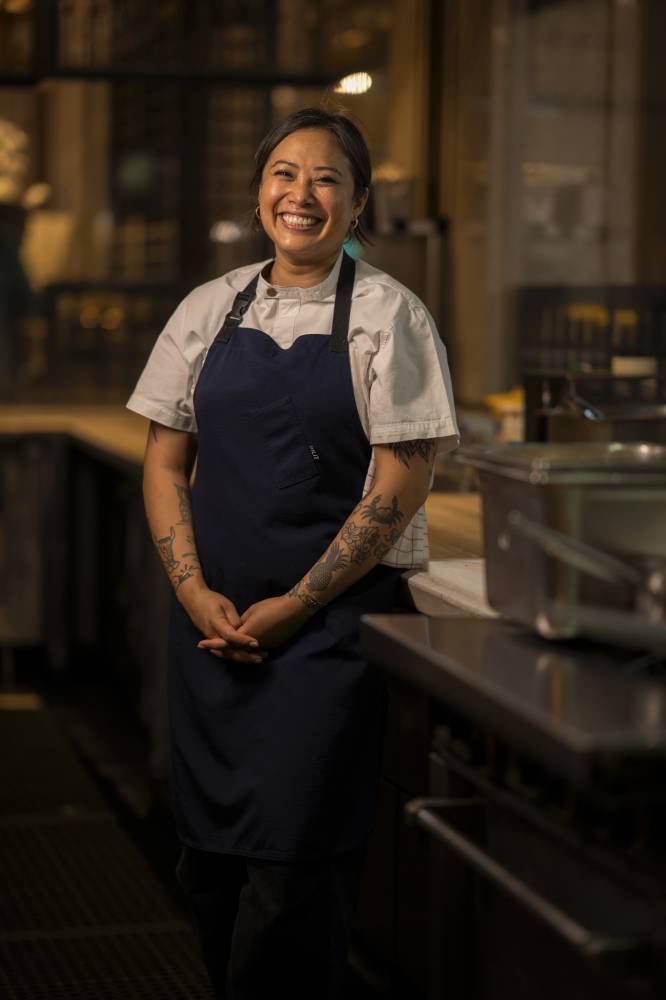
Melissa Miranda, on the other hand, is the chef and owner of the Filipino restaurant Musan in Seattle. She was hailed by Food and Wine Magazine as one of the Best New Chefs in 2022, and was even a James Beard Award semifinalist. Miranda has a fresh, seasonal, and creative approach to Filipino cuisine.
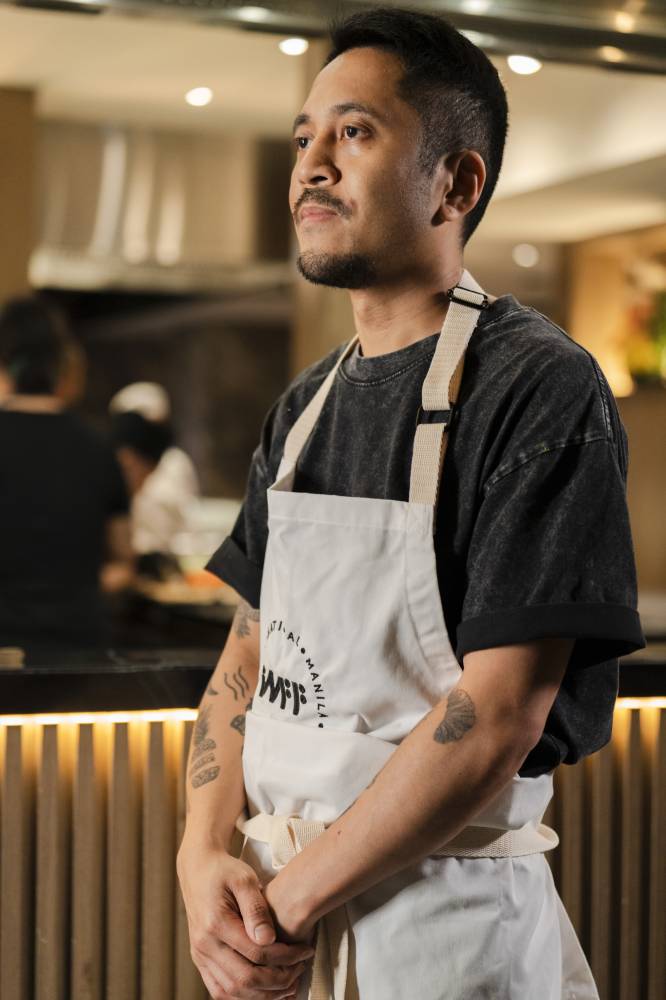
Danny Cancino, a Filipino Canadian chef and owner of the famed Mineral restaurant in Toronto, is known for his revolutionary approach to food—reinventing Filipino dishes through his masterful use of ingredients that are available to him.
Australian Filipino chef Ross Magnaye of Serai, Melbourne, ignites his grill with the purpose of creating plates that excite and keep the flame for Filipino food alive. He has the gift for reimagining the classics like sisig—transforming it to a taco that Gordon Ramsay hailed as the best dish he’s tasted in years. Magnaye was a force to reckon with during his time at “Masterchef Australia.”
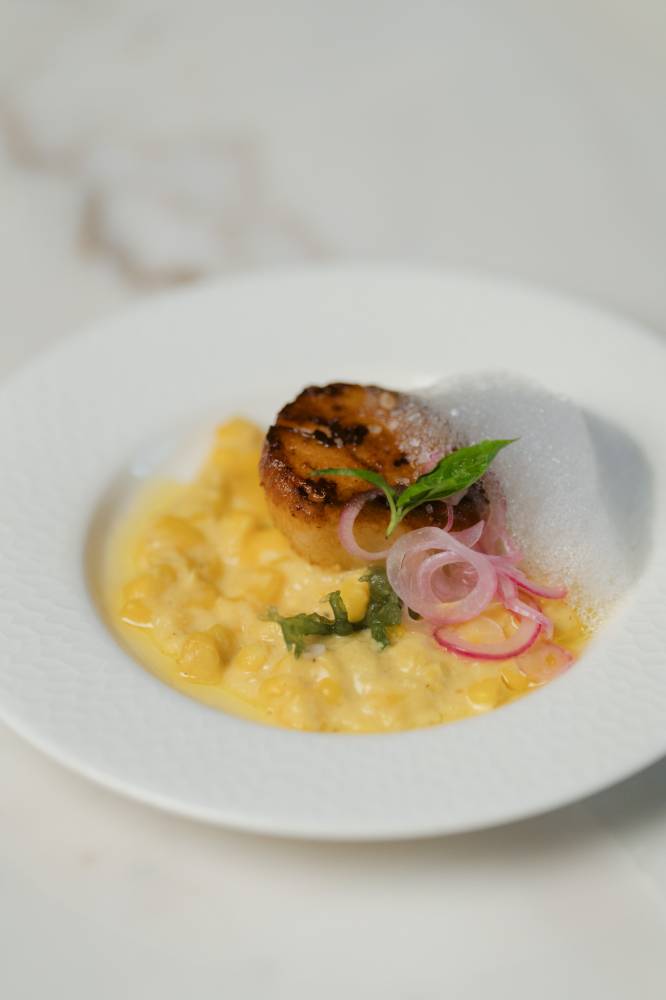
Hungry for collaborations
The festival’s success was further elevated by the brilliance of some of the country’s most respected chefs, who worked hand-in-hand with their visiting counterparts. Among them were chefs Sau del Rosario, Chele Gonzalez, Aaron Isip, Carlos Villaflor, Sonny Mariano, Josh Boutwood, Stephan Duhesme, and Filippo Turini.
During the festival, Philippine cuisine soared to new heights. Over four dinners, the chefs displayed unmatched artistry through the dishes they created. How? By collectively pushing boundaries, heightening flavors, and reimagining tradition. Each plate was unique. Every bite was personal.
The International Manila Food Festival, however, was more than just a series of suppers. It was the coming together of a stellar cast of culinarians to push Filipino cuisine—and the best that the Philippines has to offer—forward.
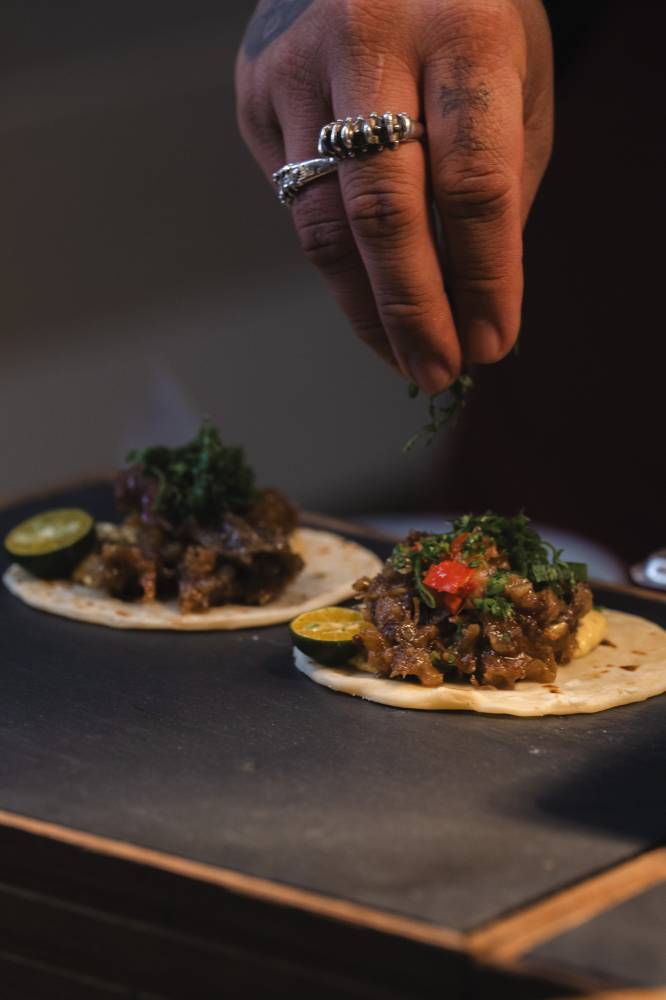
The World Filipino Food Congress was an integral highlight of the IMFF. It was a fertile ground for ideas—one that affirmed the importance of preserving traditional food and its time-honored methods of preparation, while embracing the need for innovation. Discussions touched on heirloom recipes, sustainability, education, and concrete calls to action.
To ensure that our food reaches the level of international recognition, collaboration is key, says Diaz, who is actively involved with Madrid Fusion. When Diaz interviewed visiting chefs, he often asked how San Sebastián could boast of so many Michelin stars.
The answer he gathered was simple: collaboration. It was when the chefs began working together that the city’s gastronomy blossomed.
“This is our collective moment,” says Ponseca. “The Filipino diaspora is hungry to collaborate and is ready to lead. IMFF is not just about showcasing talent—it is about unlocking opportunity, building legacy, and reminding the world that Filipino food is here to stay.”
As one, let us declare with pride, that our food—from north to south—prepared by Filipinos near or far, cooked traditionally or reinterpreted to adapt to modern times, is worthy of being proclaimed to the world.







